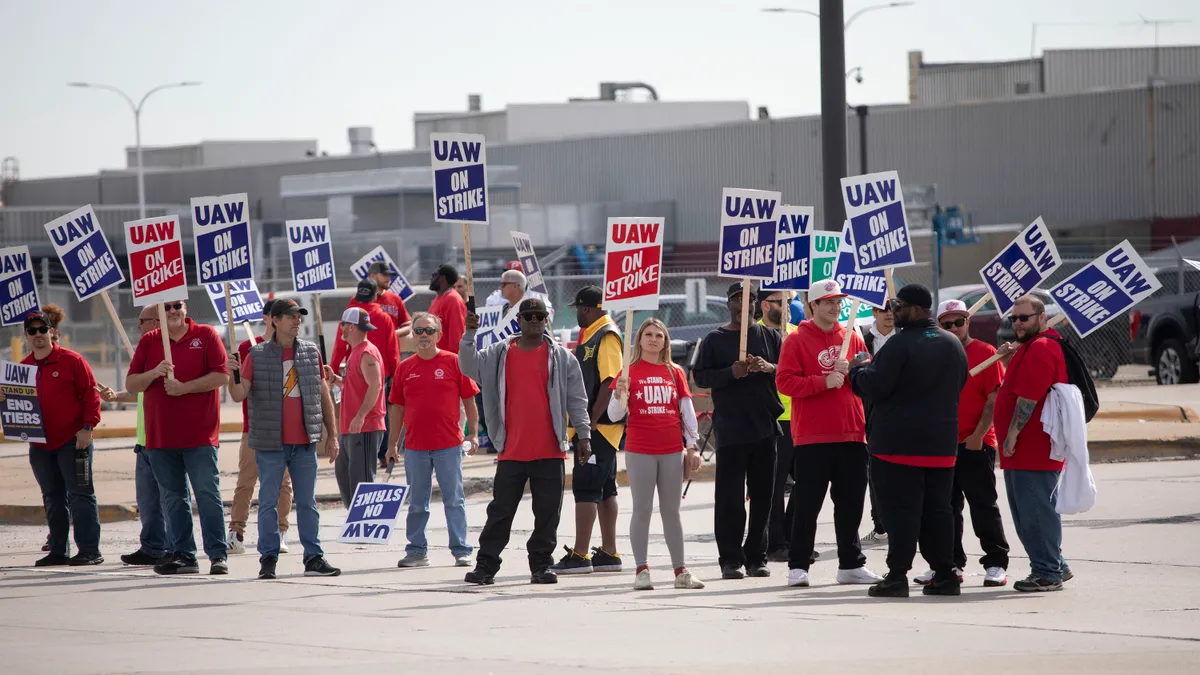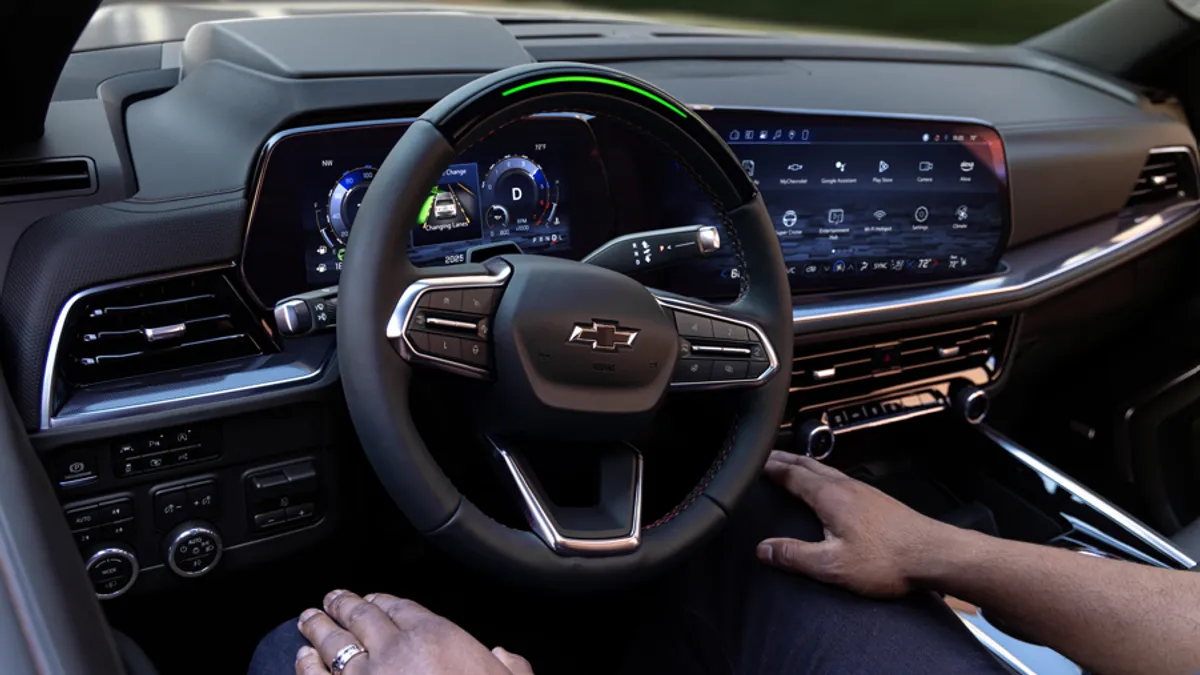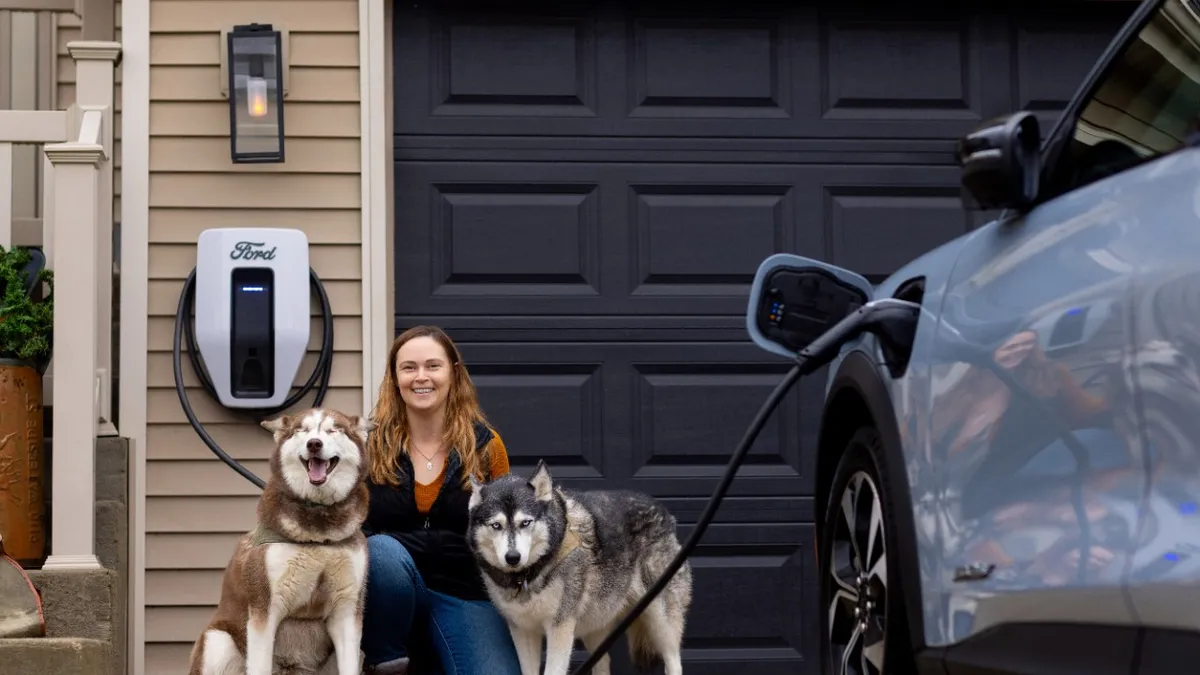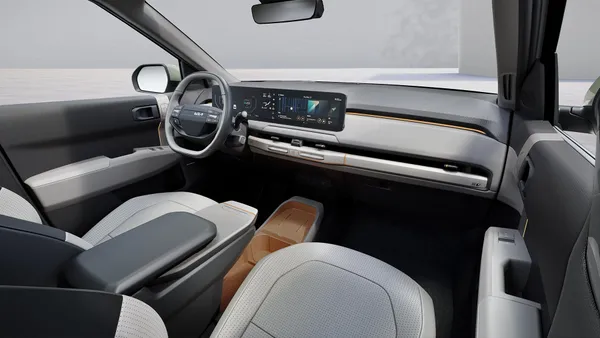United Auto Workers President Shawn Fain called for a “stand-up strike” at three key auto plants after failing to reach new labor agreements with General Motors, Ford and Stellantis. The union’s contracts with the Big Three automakers expired at 11:59 p.m. on Sept. 14.
It’s the first time in history that the UAW is striking all Big Three automakers at once after decades of pattern bargaining.
Despite Fain’s critical public statements about the automakers over the past several weeks, the UAW decided against a full-scale work stoppage at midnight on Friday. The union instead chose to target specific facilities to disrupt manufacturing operations and put more pressure on automakers to reach a deal. For now, the UAW is targeting just three GM, Stellantis and Ford plants that build some of the most popular trucks and SUVs in the U.S.
“All options remain on the table,” Fain said during a Facebook Live event Thursday night. “National leadership will determine the appropriate targets and timing for further stand-up strike action.”
The current strike involves around 12,700 UAW workers across the three facilities. GM’s Wentzville Assembly Plant in Missouri employs roughly 4,100 workers and builds the Chevrolet Canyon and GMC Canyon pickup trucks, while the Stellantis Toledo Assembly Complex has nearly 5,300 hourly employees and builds the Jeep Wrangler. The Ford Michigan Assembly Plant has about 4,600 hourly workers and builds the Ford Bronco and Ranger.
The expired UAW labor agreements with the Big Three cover around 150,000 auto industry workers in the U.S.
UAW members not participating in the stand-up strike will continue working under an expired agreement.
“It's an extraordinary departure from ordinary practice in the auto industry,” David Jacobs, a professor at American University’s Kogod School of Business, said in an email. “It's an audacious effort and the UAW is considering a strategy that will allow them to be more disruptive to possibly shake employers in a way that leads to some significant settlements.”
In addition, the UAW’s decision to implement targeted strikes is intended to gather support for their cause from the public and for political impact rather than a complete UAW work stoppage that would idle major assembly plants, said Nelson Lichtenstein, a research professor in the University of California, Santa Barbara’s history department and director of the university’s Center for the Study of Work, Labor and Democracy, in an interview.
“Targeting strategic suppliers is the oldest tactic in the book — it's the way the UAW was built in the 1930s, in fact,” Gabriel Winant, assistant professor of history at the University of Chicago, said in an email. “But it's been a long time since the union unleashed the power of the rank-and-file like this, which is what you have to do for this tactic to work. It's a huge moment in labor history, and the UAW is showing the path forward for workers everywhere.”
Among the UAW demands are significant wage increases, cost-of-living adjustments, additional paid time off, a 32-hour workweek with 40 hours of pay, an end to tiered wages and reinstating defined benefit pensions and retiree healthcare benefits.
The UAW initially sought wage increases up to 46% over the life of the new contract but has since reduced that figure to 36%. Still, the Big Three and UAW seem far from reaching an agreement.
“It seems high, but you have to put into context the concessions that workers have made,” Jacobs said. “So, when you look at the industry and other industries in a longer historical sense, one finds that there has been deterioration in workers' incomes for decades.”
Since last week, the Big Three automakers each proposed higher wage increases that are still far below the UAW’s demands:
- Ford increased its offer from 9% to 20% over four-and-a-half years.
- GM increased its offer from 10% to 20% over four-and-a-half years.
- Stellantis increased its offer from 14.5% to 17.5% over four-and-a-half years.
Ford said Thursday that the union's latest proposal would more than double its UAW-related labor costs, adding that its costs are already significantly higher than Tesla, Toyota and other automakers that don’t employ UAW workers.
But the UAW says wages haven’t kept pace with inflation, and automakers have raked in billions in profits without union members getting their fair share. Jacobs said the union is demanding higher wages because auto executives and shareholders have received the bulk of the financial rewards through stock buybacks and other means. Autoworkers are trying to catch up with the gains executives have received and to make up for previously lost wages, he said.
“Given the long term decline, catching up will require what appears to be a substantial increase,” Jacobs said.












